Tension-Type Headache
Pathophysiology
Extracranial muscle tension
Questioned relationship
Muscle tension is cause or epiphenomenon
Common pathophysiology with migraines and represent different ends of a clinical
spectrum
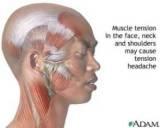
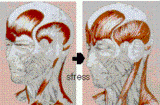
Clinical Features
Bilateral, nonpulsating, not worsened by exertion, not ass with N/V
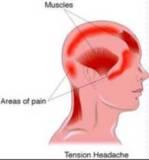
In severe cases --> fit the description of mild migraine
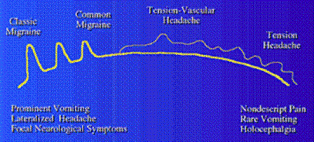
Accurate classification requires at least two of the following four
characteristics:
- Pressing/Tightness Quality (Non-Pulsating)
- Mild to Moderate Intensity
- Bilateral Location
- Not Aggravated by Activity
Important associated symptoms include
- anorexia, and
- photo/phonophobia.
Typically nausea and vomiting do not occur.
Treatment
Simple analgesics or NSAID
Same as migraine in severe cases
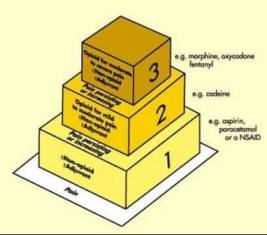
Cluster Headache
Epidemiology
Rare (0.4% prevalence rate)
Very short-lived even without treatment
More common in men
Onset after 20 YO
Pathogenesis
Dysfunction of the trigeminal nerve
A common mechanism with migraines (respond to 5-HT 1D agonist)
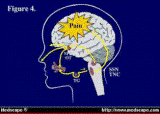
Clinical Features
Very severe, unilateral or bital, supraorbital, or temporal pain
Lasting 15 to 180 min
Pt rarely lie still, most are pacing and restless
Clinical Features
It generally lasts forty-five to sixty minutes.
There is no associated aura.
Associated features include
- ipsilateral lacrimation
- conjunctival injection
- rhinorrhea
- ptosis and myosis (more than 50%.)
There is often a history of excessive alcohol intake and heavy smoking.
Tend to occur in cluster
- Same side of face for several weeks
- Remitting for anywhere from weeks to years
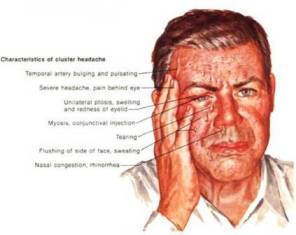
Treatment
Oxygen : Effective up to 70%
DHE and Sumatriptan
NSAIDs : Reducing the frequency and severity of future attacks
Oral agents are unlikely to be effective (short duration of Dz)
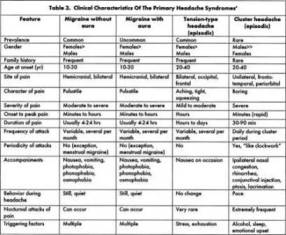
Disposition for All Primay Headache Syndromes
Poor response --> suspect secondary cause and prompt emergent Ix
Respond well --> D/C and F/U
Intractable migraine --> admission for more aggressive pain control
Summarized By Thirayost Nimmanon
โดย ธีรยสถ์ นิมมานนท์
 
| 